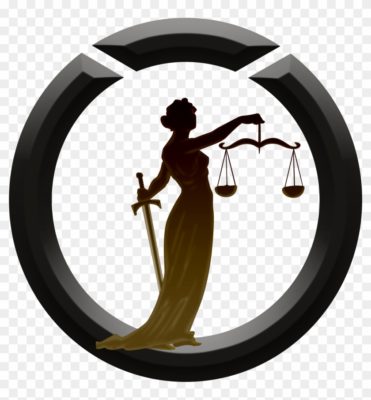Part I: In the criminal justice system, the people are represented by two separate, yet equally important, groups: the police, who investigate crime; and the district attorneys, who prosecute the offenders.
These are NOT their stories!
Provided you have had a television since 1990, you have heard the opening lines above on several different channels broadcasting new or syndicated episodes of one of the several different shows in the Law & Order franchise. The reality is that the American criminal justice system is significantly more than just the police and the prosecutors. And it is definitely not as simple as police investigating crime and prosecutors prosecuting offenders.
America’s criminal justice system is complex and this complexity developed over time. Some of it was purposefully created through legislation and judicial rulings at the state and Federal level, some of it was accidental; the result of these different laws and judicial interpretations interacting with and effecting each other.
 Its complexity is also reflected in that it really includes:
Its complexity is also reflected in that it really includes:
- The elected officials at all level of government who create laws that have to be enforced
- The elected and appointed officials that establish policies and develop strategies to enforce them,
- The elected and appointed prosecutors that prioritize some over others
- The police officers that act as the enforcement arm,
- The judges that hear the cases themselves and the judges who handle appeals
- The entire corrections system, which now includes both the traditional public model and an entire for-profit version as well.
- And in all of this, we have defense attorneys; both those working for the public defenders’ office and those in private practice.
This a far cry from the oversimplification of police who investigate crime and the district attorneys who prosecute the offenders.
The other reality, perhaps the most important one, is that the criminal justice system in the United States in 2021 is not really working for Americans in regard to its most important aspect: being a public good that promotes the general welfare.
I’ve been reviewing state and municipal police department and law enforcement agency mission statements for several weeks as part of a project I’m working on. After reviewing a number of them, it is hard to tell what, exactly, police in the United States do.
Let me unpack this a bit. I know what police in the United States do — because my joint doctorate* is in criminology and political science. But usually, the way one analyzes a government function or program – in this case law enforcement – is to start with what they state they do.
Let’s use the Denver Police Department as an example. Here’s the Denver Police Department’s mission statement:
In partnership with the community, the Denver Police Department strives to operate a police agency focused on preventing crime in a respectful manner, demonstrating that everyone matters.
Here’s how it is fleshed out:
The focus of the Denver Police Department is to prevent crime within the City and County of Denver and treat all its residents with dignity and respect every day. To do this, the Department will employ a precision policing strategy to focus enforcement and prevention efforts on addressing neighborhood-specific issues and decreasing high-frequency crimes. Special emphasis will be placed on addressing root causes of social harms within our community that may contribute to those neighborhood issues. These include harms caused by the effects of unaddressed behavioral health and substance abuse, threats to public trust caused by a fear of crime and multimodal transportation safety issues.
-Chief Paul M Pazen
This is an excellent statement of the commander’s intent to flesh out the mission statement. My questions, as a national security professional with experience in policy formulation (ends, objectives, and effects), strategy development (ways and means), and criminology — what objectives, effects, and end states are the Denver Police Department trying to achieve and how do they go about trying to achieve them?
From the mission statement, it would appear to prevent crime and demonstrate that everyone matters. From the Chief’s statement (the commander’s intent) it would appear to be:
- Employ a precision policing strategy to:
- Conduct enforcement and prevention efforts on addressing neighborhood-specific issues to decrease high-frequency crimes …
- Focusing on root causes of social harms within the community that may contribute to the neighborhood-specific issues …
- These harms are/are caused by: unaddressed behavioral health, substance abuse, threats to the public trust caused by fear of crime and transportation issues resulting from different types of vehicles
Before I go any further, this is NOT the “pick on the Denver Police Department, Chief Pazen, or police in general” part of the column, or this series on criminal justice.
However, the key question is whether the mission statement and commander’s intent are telling us is what police are actually supposed to do and, perhaps more importantly, what we need police to be doing in 21st century America versus what the American system of criminal justice actually has police doing.
Coming up on Monday: Thinking Security: Part II Considering the Entire Criminal Justice System







There is another group that is missing from this analysis: the people. Their responsibility to know and abide by the laws enacted, their understanding and trust that there is a presumption of innocence in interaction with police and most important their responsibility to be the sole judge, through the jury system, to determine the guilt or unproven guilt, beyond a reasonable doubt, of anyone accused of a crime.
Thank you for your comment Thomas. This was part I of a three-part column series.